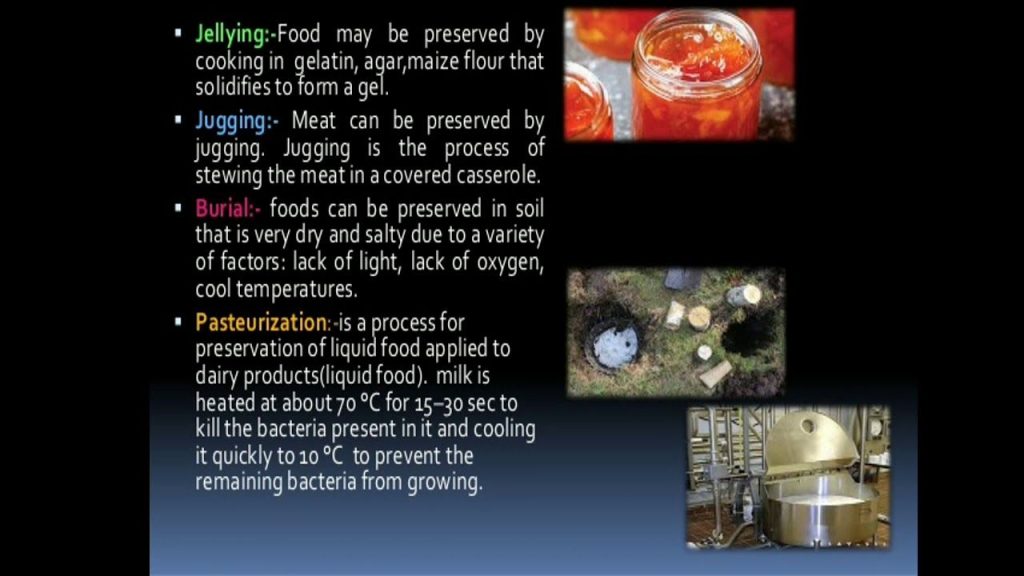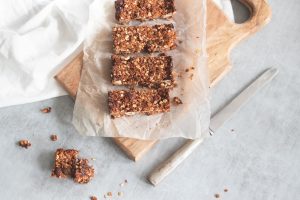
When it comes to preparing meals, it’s important to not only focus on taste but also on the nutritional value of the ingredients. Cooking techniques play a crucial role in ensuring that the nutrients in our food are preserved. In this article, we will explore some effective cooking techniques that help retain the maximum nutritional value of the ingredients.
1. Steaming
Steaming is considered one of the best cooking techniques for preserving nutrients. It involves the use of steam to cook the food, which helps in retaining the natural flavors, colors, and most importantly, the nutrients. Steaming is particularly recommended for vegetables, as it helps in preserving water-soluble vitamins like vitamin C and B complex. It also helps to prevent the loss of minerals such as potassium and zinc. To steam the food, you can use a steamer basket, a bamboo steamer, or even a simple metal colander placed over boiling water. Make sure to cook the food for just the right amount of time to avoid overcooking.
2. Stir-Frying
Stir-frying is a quick and efficient cooking technique that ensures the preservation of nutrients. With this technique, the food is cooked over high heat for a short period, allowing it to retain its nutritional value. Stir-frying is often used with vegetables, where they are quickly cooked in a small amount of oil, maintaining their crispiness and vibrant colors. It is important to avoid using excessive oil to prevent the vegetables from becoming greasy. By minimizing the cooking time, stir-frying helps to retain heat-sensitive vitamins like vitamin C and B complex. It also helps in preserving the texture and taste of the ingredients.
3. Blanching
Blanching is a cooking technique that involves briefly immersing the food in boiling water, then immediately transferring it to ice-cold water. This method is commonly used for vegetables, as it helps to maintain their color, texture, and nutrition. Blanching helps to partially cook the vegetables while preserving the enzymes and other nutrients. It is particularly effective in preserving water-soluble vitamins like vitamin C and B complex. Blanching also makes it easier to peel certain fruits and vegetables without losing their valuable nutrients.
4. Roasting and Baking
Roasting and baking are dry heat cooking methods that can help to preserve the nutrients in various foods. These methods are particularly suitable for meat, poultry, and root vegetables. By cooking the food at a relatively high temperature in an oven, the natural flavors and textures are enhanced, and the nutrients are well preserved. Roasting and baking can help tenderize the meat while retaining its protein content. It is important, however, to avoid using excessive oil or adding unnecessary fats during the cooking process to keep the dish healthy and nutrient-rich.
5. Steaming instead of Boiling
When cooking vegetables that would typically be boiled, such as broccoli or cauliflower, steaming is a preferable alternative. Boiling can cause the loss of essential nutrients as they leach into the water. Steaming, on the other hand, helps to preserve these nutrients by minimizing contact with water. By using a steamer basket or a steamer pot, the vegetables are cooked evenly while keeping their nutritional content intact. Steaming also helps to retain the natural colors and flavors of the vegetables, making them more appealing and appetizing.
6. Slow Cooking
Slow cooking, also known as crock-pot cooking, is a great way to preserve the nutrients in your food. This method involves cooking the ingredients at low temperatures over an extended period. By slowly simmering the food, it allows the flavors to meld together while maintaining the nutritional value of the ingredients. Slow cooking is ideal for dishes such as stews, soups, and casseroles. It helps to retain the vitamins, minerals, and enzymes, resulting in tender and flavorful meals. The extended cooking time also allows tough cuts of meat to become juicy and tender without losing their nutritional benefits.
Conclusion
By using these cooking techniques, you can ensure that the meals you prepare not only taste delicious but also retain their maximum nutritional value. Steaming, stir-frying, blanching, roasting, baking, steaming instead of boiling, and slow cooking are all effective techniques for preserving the nutrients in your food. Experiment with these methods and discover how they can enhance your culinary creations while keeping you healthy and nourished.


